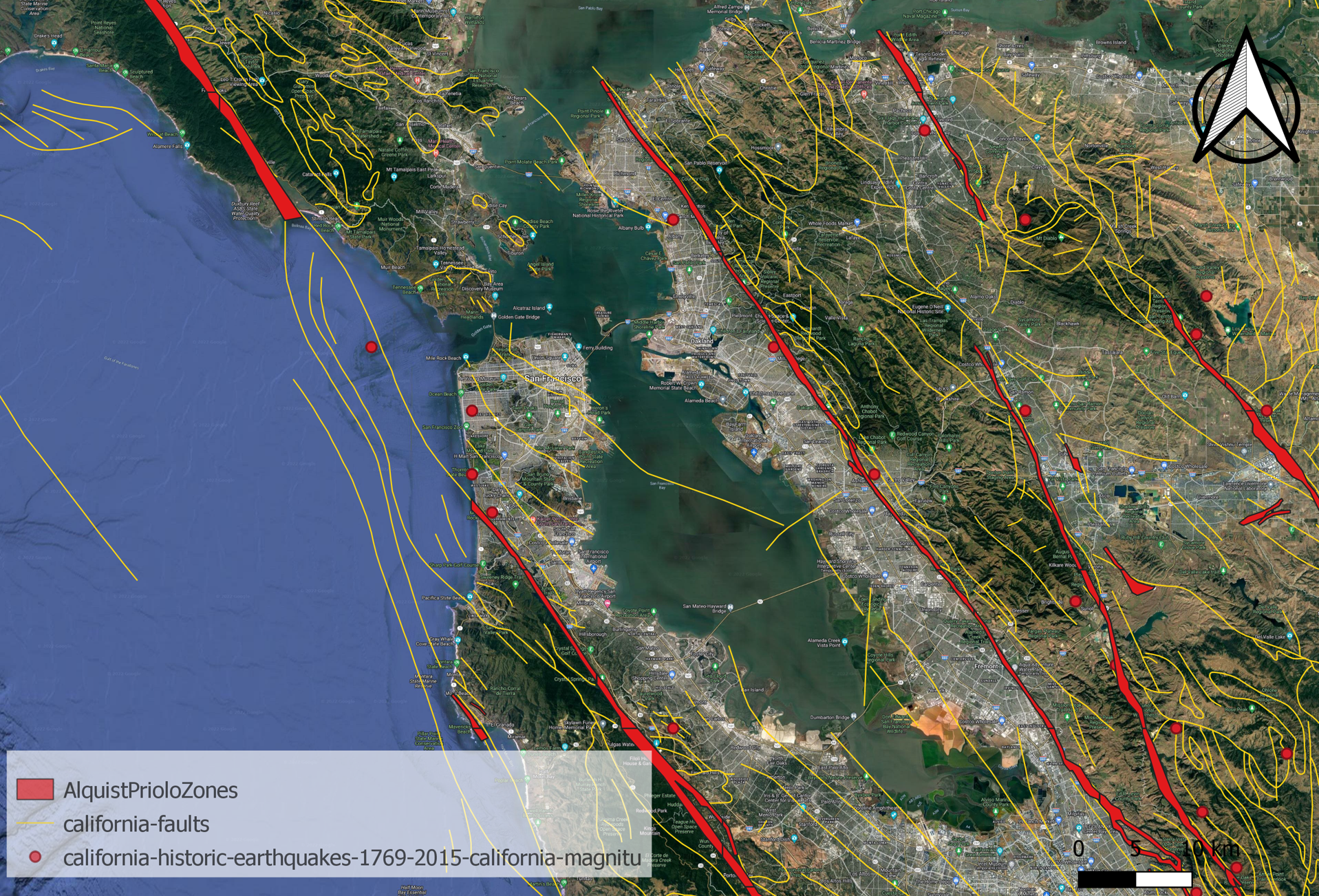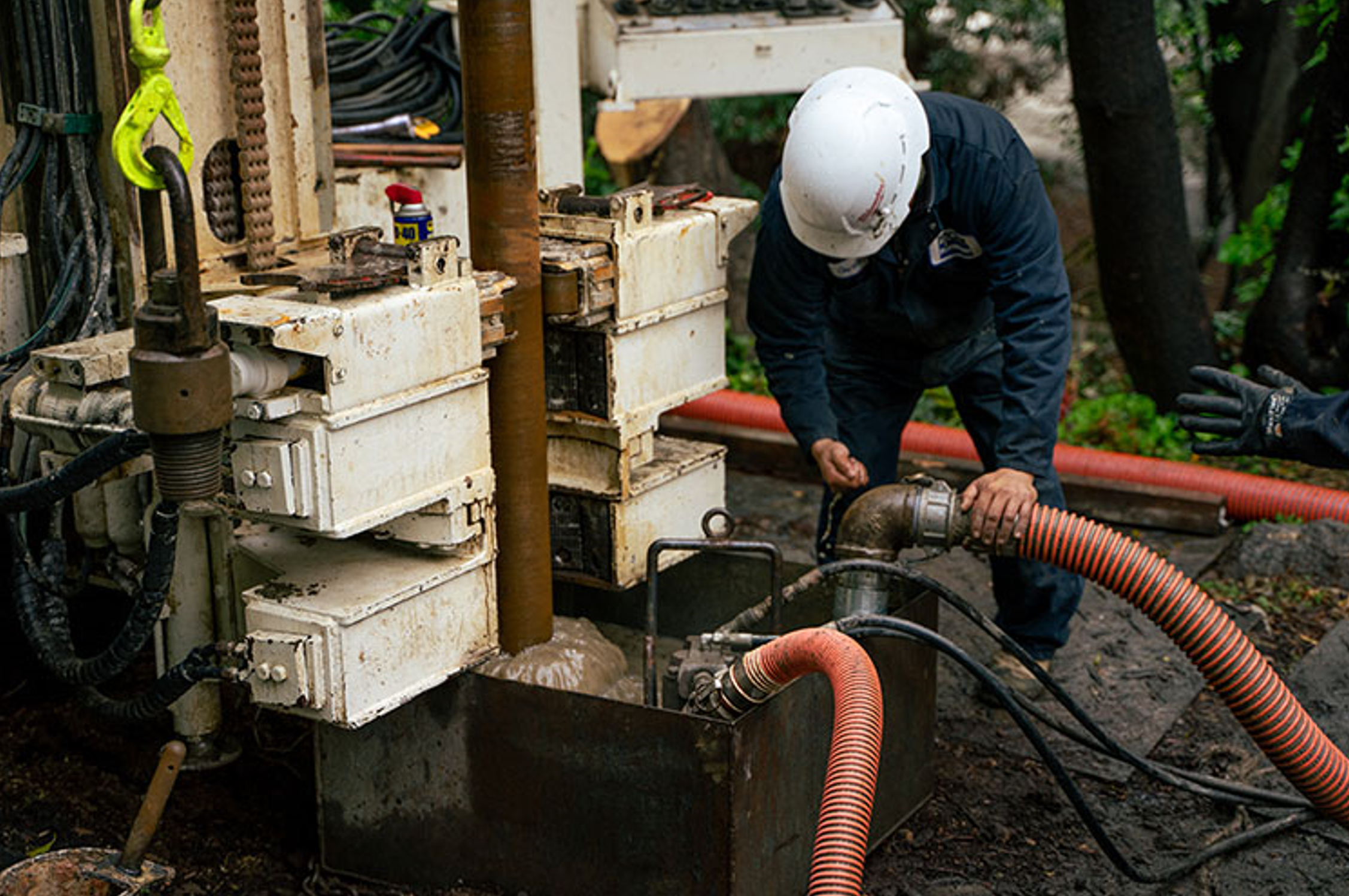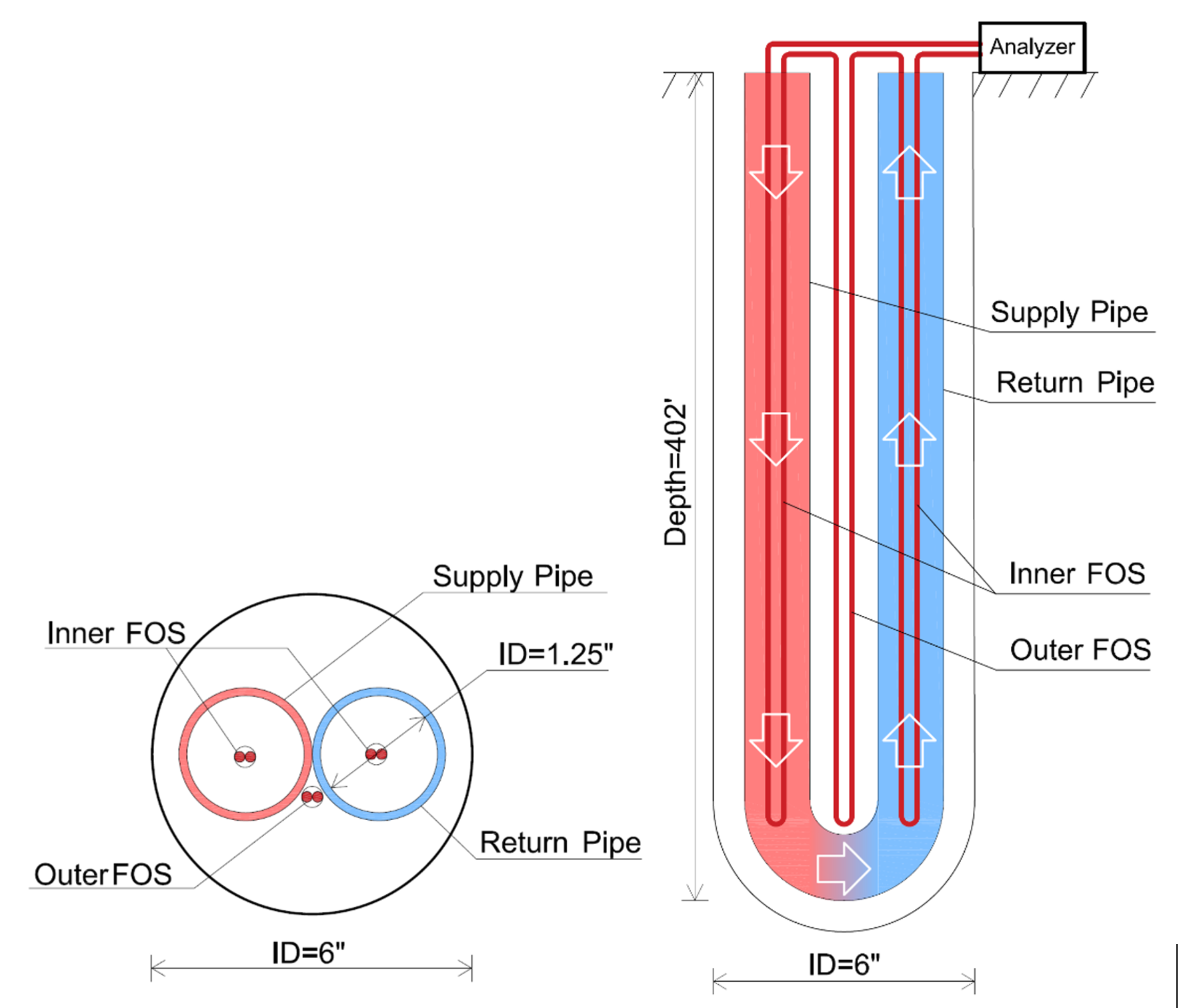The University of California, Berkeley, is building a clean electrified heating and cooling plant utilizing shallow geothermal to cut down greenhouse gas emissions. As part of the Clean Energy Campus’s project “The Role of the Underground to Realize a Zero-carbon UC Campus Energy System”, Soga Research Group conducted a geothermal investigation in a 400 feet borehole on campus. This investigation aims to determine the feasibility of geothermal as part of the energy system strategy and meeting UC carbon neutrality as well as advancing understanding of geothermal as a climate and energy solution in a variety of settings.
This study shows that deep borehole drilling on the campus is relatively easy, and the thermal properties of the underground are suitable for the GSHP system. Based on the estimated geothermal properties, the preliminary numerical analysis indicates that 200 400-ft geothermal boreholes can help cover 97.4% of the heating energy and reduce 9917.6 tons of CO2 emissions for the Business and Law node.
In the future, the coupled geothermal-building physics model will be built to provide a better understanding of the geothermal potential and help improve the design and operation of the renewable energy system.
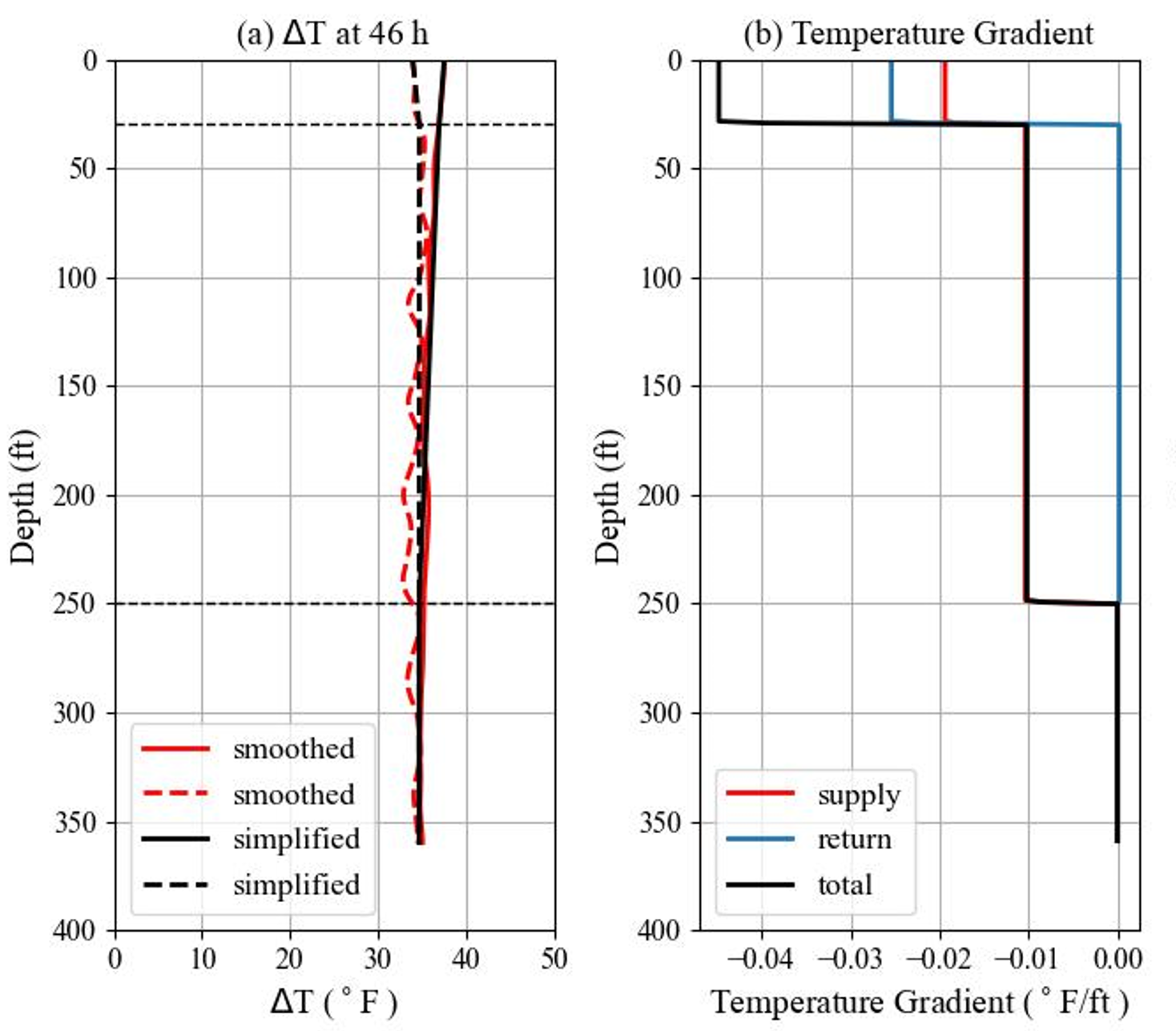 Thermal Property Estimation Thermal Property Estimation |
||
 Carbon Emission Estimation Carbon Emission Estimation |
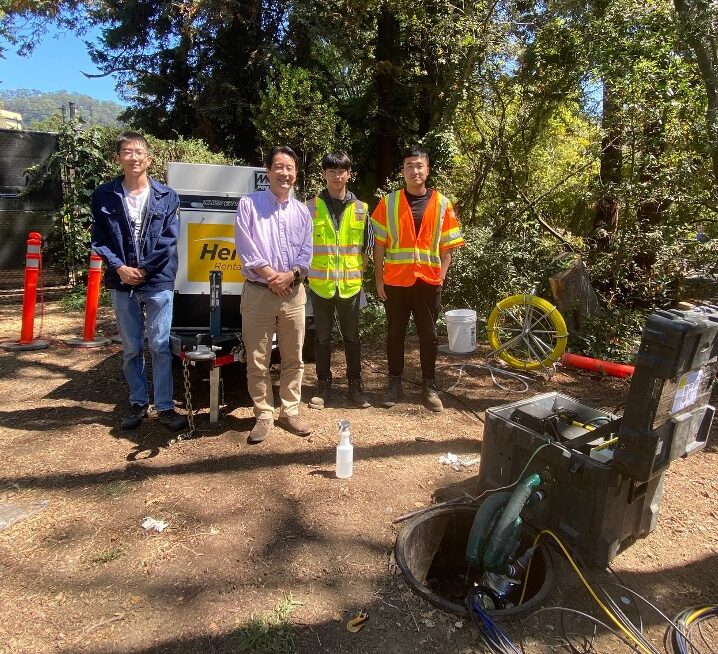 Student Involvement Student Involvement |
Acknowledgment
The study was funded by the UC Berkeley Green Initiative Fund (https://tgif.berkeley.edu/). The PIs of the project are Kenichi Soga (CEE department), Kira Stoll (Office of Sustainability), and Sally McGarrahan (Facilities Services). The authors like to thank the following people who provided support to this project: Michelle Robertson (LBNL), Takaaki Taira (Berkeley Seismology Laboratory), James Wert (Capital Projects), Caroline Tsang (Capital Projects), and Terry Shewchuk (Pitcher Services).
